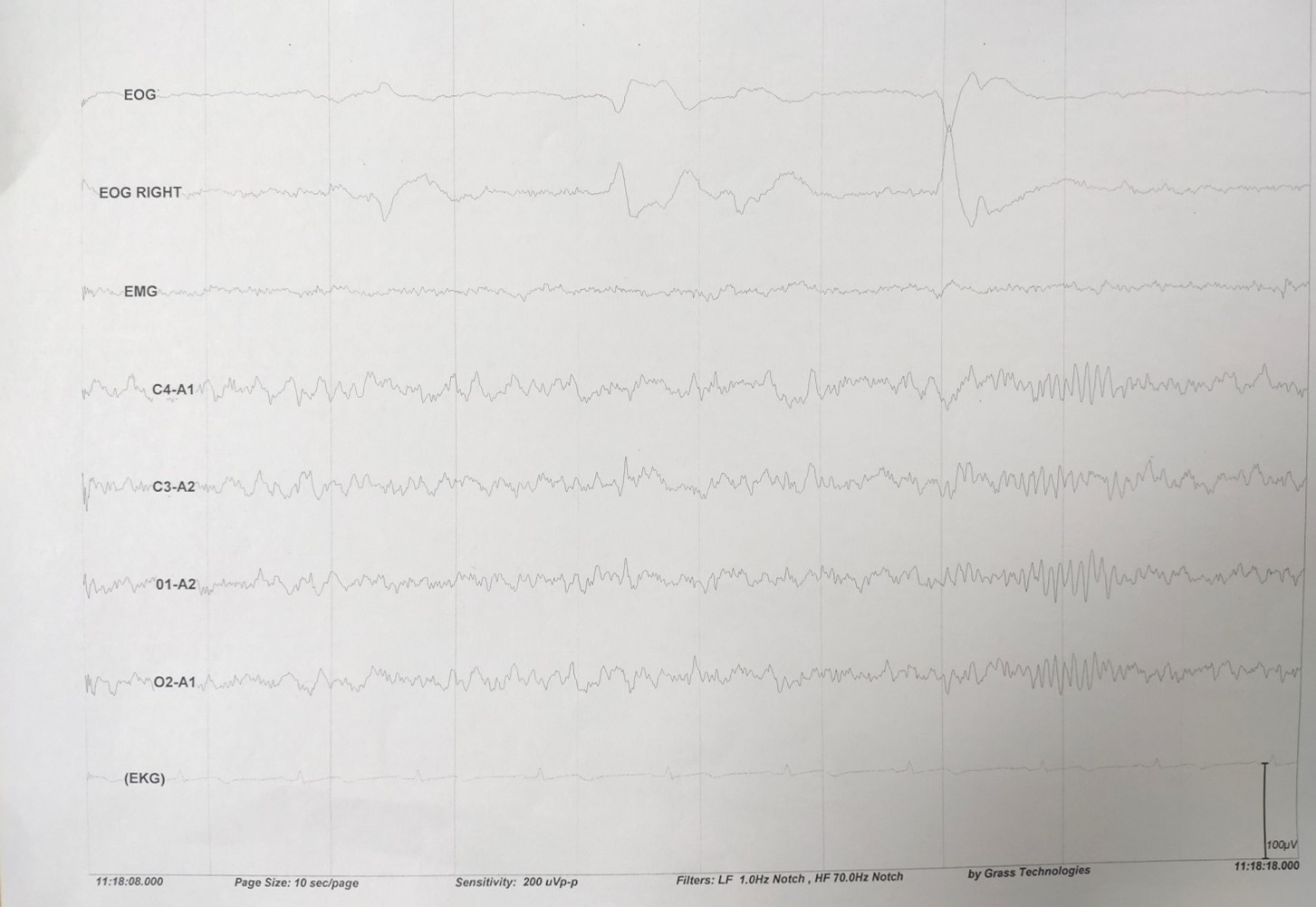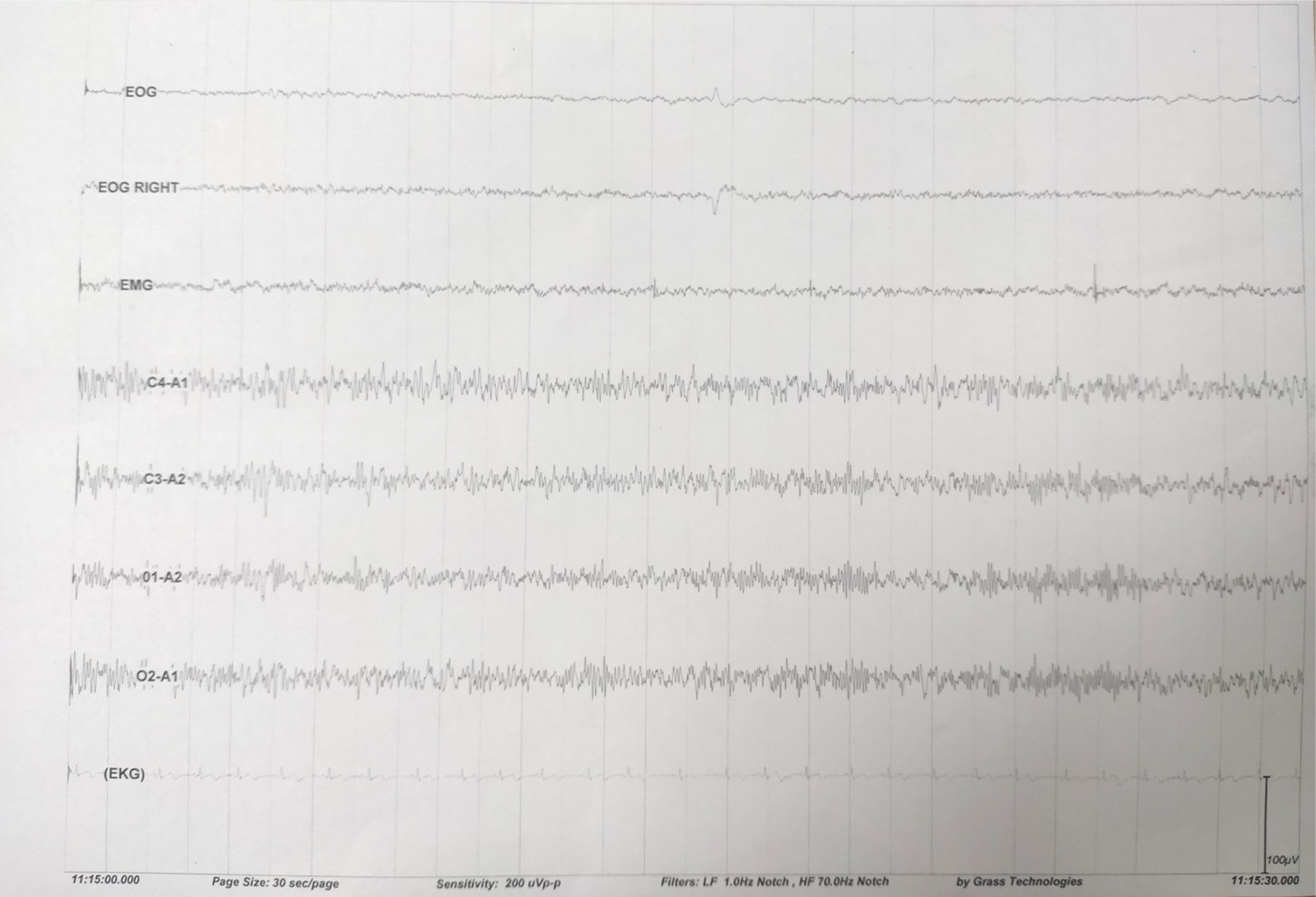Multiple Sleep Latency Test
The Multiple Sleep Latency Test (MSLT) is a daytime test, used to measure how quickly you fall asleep during the day.
It is a useful test to evaluate excessive daytime sleepiness (EDS) due to any cause –hypersomnia, Narcolepsy, Sleep apnea.
1. The Multiple Sleep Latency Test (MSLT) cannot be conducted on its own, as it requires a night prior Level 1 Polysomnography (PSG) study
2. Sleep Schedule Monitoring (2 Weeks before Test): Adequate Sleep / Good duration of sleep or regularity of timing
3. Medication Review and Discontinuation: Stimulants, antidepressants, sedatives, or any meds affecting sleep/wake cycles may need to be stopped 1–2 weeks prior, under medical supervision
4. No Caffeine, Alcohol, or Nicotine: Avoid caffeine and other stimulants at least 24 hours before and during the test
5. No Naps the Day Before: To ensure normal sleep drive at night before the test
General Medication Guidelines before MSLT:
Medications often allowed (under supervision):
These medications usually do not affect sleep latency much, but always confirm with your sleep specialist:
Medications Commonly Not Allowed:
These can alter sleep architecture, REM onset:

Normal MSLT Results:
What is "abnormal" in MSLT?
An abnormal Multiple Sleep Latency Test (MSLT) typically indicates that a person is falling asleep too quickly during scheduled nap opportunities
| Finding | Possible Interpretation |
|---|---|
| Short sleep latency (< 8 min) | Excessive daytime sleepiness (EDS), narcolepsy, idiopathic hypersomnia |
| SOREMPs (2 or more) | Suggests narcolepsy |
| Long sleep latency (> 10-15 min) | May indicate normal sleepiness, insomnia, or poor sleep the night before |
 REM During the nap
REM During the nap 

